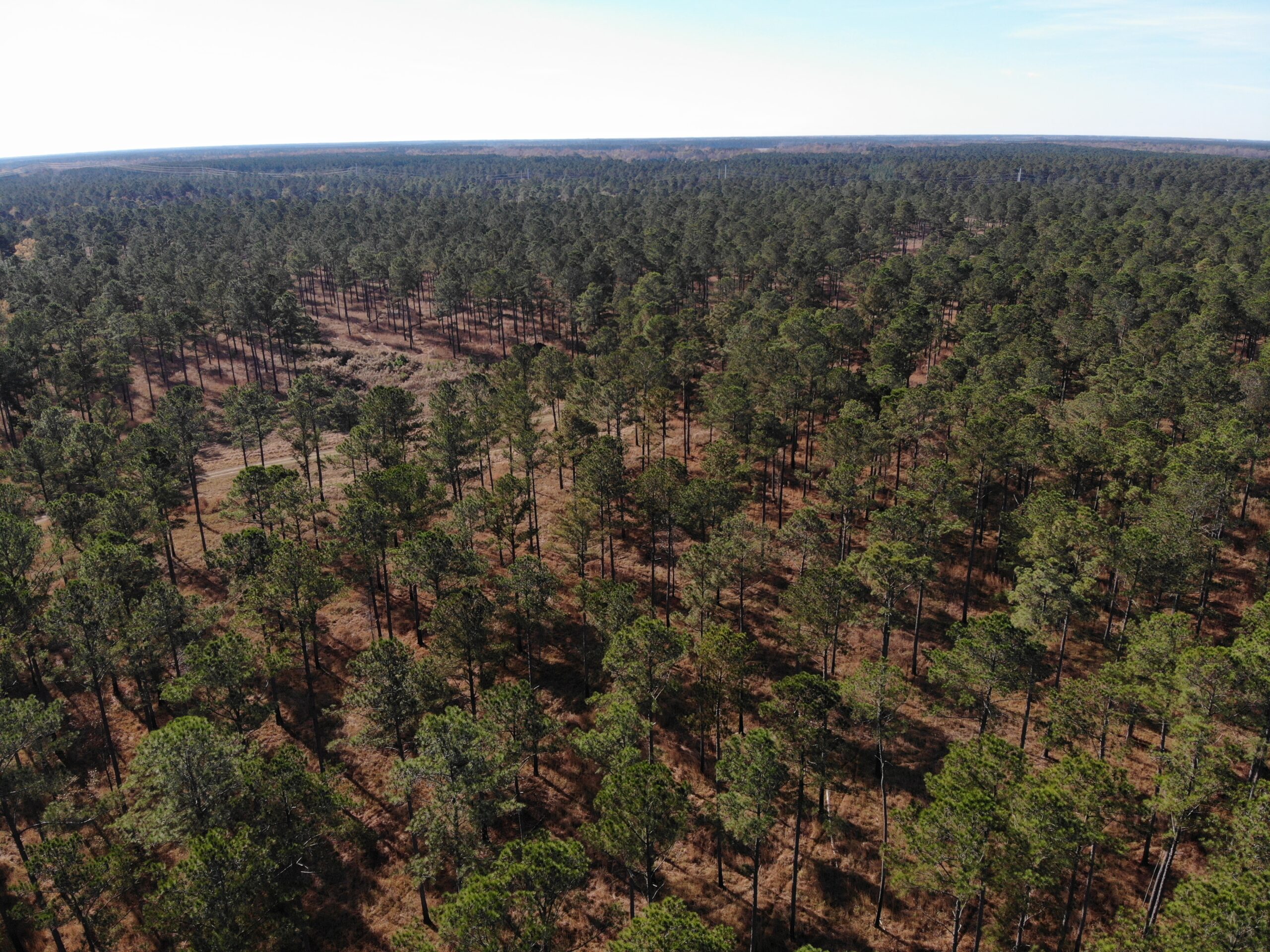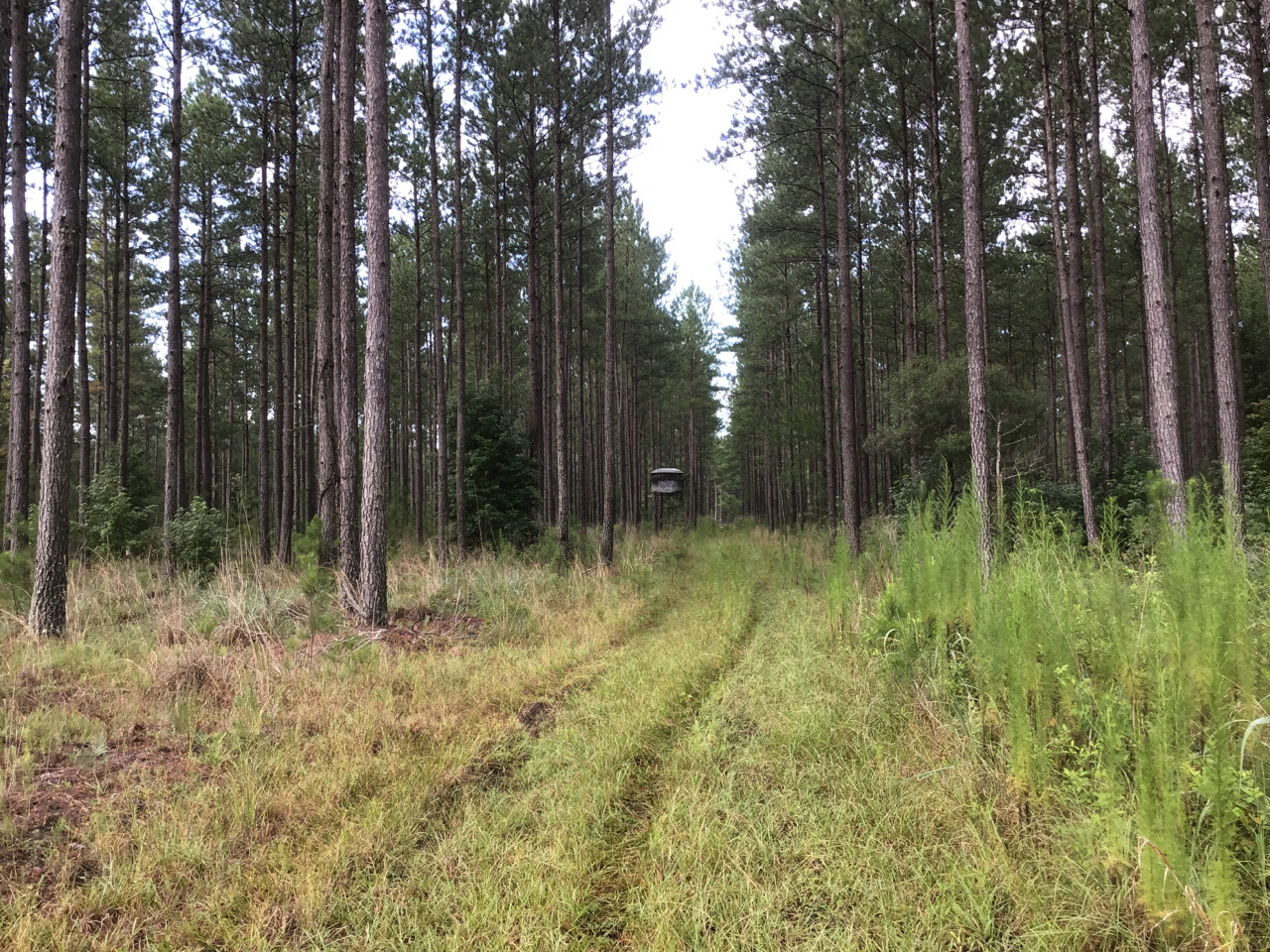Introduction
In recent years, the Lowcountry has witnessed an increase in severe weather events, from frequent heavy rainfall to powerful named storms. These events not only threaten our communities but also highlight the importance of finding sustainable solutions to mitigate flooding and storm damage. Conserving open land, particularly coastal wetlands, maritime forests, and river basins, is critical to any long-term solution. As the peak of South Carolina’s hurricane season approaches, this article explores how land conservation efforts play a vital role in safeguarding our communities from flooding and storm-related impacts.
Understanding the Connection: Land and Water
Land and water are intricately connected in a delicate balance that shapes the landscape we call home.
Wetlands act as sponges, absorbing excess water during heavy rainfalls and storms. When conserved, they also improve and maintain regional water quality and provide essential habitat for diverse species, further contributing to the overall health of our coastal ecosystem. Land conservation ensures that natural drainage patterns are maintained. When we protect open spaces, we allow water to flow naturally along its historical pathways, preventing water from becoming trapped or redirected unnaturally and reducing the likelihood of flooding and its associated damages.
Forests also play a crucial role in storm resilience. Trees and vegetation in forests act as windbreaks, reducing the speed and impact of strong winds during storms. Their roots anchor the soil, preventing erosion and landslides triggered by heavy rainfall. A grand oak tree can process 40,000 gallons of water per year, roughly 110 gallons per day, filtering out pollution and returning moisture to the atmosphere through a process called “transpiration.” Through responsible land management and conservation, we can ensure that our forests continue to provide these essential services and balance water flow.
Coastal areas are particularly vulnerable to storm surges and rising sea levels. By conserving coastal lands such as dunes and marshes, we create a natural barrier that absorbs the impact of storm waves and reduces erosion. These areas also provide critical habitat for aquatic life and migratory birds.
When imperative landscapes such as forests and wetlands, or even shorelines, are cleared or filled for incompatible development, the ability of the land to hold and absorb water diminishes, resulting in increased flooding and erosion.
Additional Community Benefits of Land Conservation
Reduced Infrastructure Costs: By conserving land and buffer flooding and storm damage, communities save on costly repairs and reconstruction of infrastructure such as roads, bridges, and buildings. Green spaces that perform storm water and flood mitigation services reduce the burden placed on the underground system and the risks of contamination from sewer lines.
Enhanced Water Quality: Natural landscapes filter pollutants from stormwater, improving the quality of water entering our rivers, streams, and aquifers. This, in turn, sustains our aquaculture and thriving seafood industry.
Health, Wellness, and Recreation: Preserved natural areas provide recreational spaces that boost community well-being and improve quality of life. They provide places for physical exercise, mitigate air pollution, create opportunities for social contact, and reduce stress. In fact, new studies show that access to nature has been positively linked to improved cardiovascular health and pregnancy outcomes.
Climate Resilience: In urban areas like Charleston, Beaufort, Myrtle Beach, and Savannah, green spaces are critical to reducing the Urban Heat Island Effect. Waterways such as streams, lakes, rivers, and ponds help moderate temperatures, and green spaces hold less heat than paved surfaces. Forests throughout the Lowcountry help sequester carbon in plant life, and coastal wetlands can stock ten times more in the ground. The catch is that salt marsh carbon sequestration is most effective at the upland, and the development of properties adjacent to the marsh prevents this impactful ecosystem service.
Biodiversity: The ever-present wildlife in the Lowcountry is facing a severe population crash due to encroaching development and rising seas. Shorebirds, in particular, are rapidly losing available nesting space and are more susceptible to predation. As sea levels rise and nesting habitat submerges, sea birds cannot migrate inland due to dense development. Open land at the shore, along beaches, and mainly through restoration projects like the new crab bank seabird sanctuary help sustain these bird populations that are iconic to our way of life and vital to a healthy ecosystem.
Conclusion
As we continue to experience higher tides, warming temperatures, and extreme weather events both within the Lowcountry and around the world, the significance of land conservation in mitigating damage cannot be understated. By preserving wetlands, forests, and shorelines, we create a resilient landscape that safeguards our communities and the environment. Through collaborative efforts and a shared commitment to conservation, we can build a more sustainable and secure future for the Lowcountry region.
Sources





